How to grow wasabi – what you need to succeed with this demanding plant
Discover the right levels of light, heat, and moisture that wasabi requires to be able to thrive
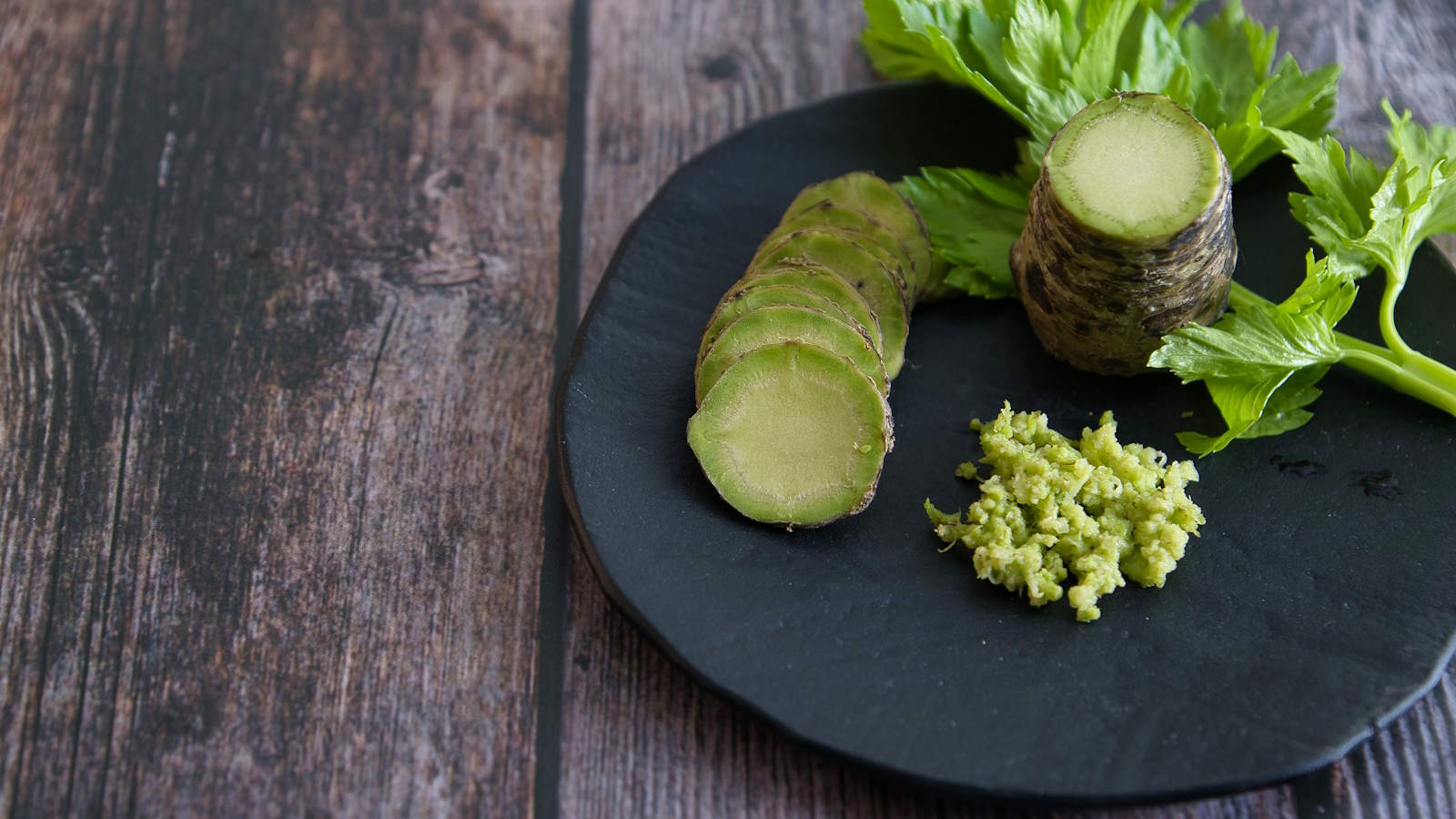

Wasabi is most commonly known as the spicy accompaniment that comes with sushi. It is often seen in paste form, though can be used in a wide variety of dishes. The aforementioned paste is made from the plant’s rhizomes, however the leaves and stems of the wasabi plant are also edible.
Wasabi does have a reputation for being a tricky plant to grow. It can be fairly demanding and has very particular conditions that it thrives in. Unfortunately, any deviation from the consistencies it wants can easily stress the plant. Many growers may choose to grow wasabi in containers in a garden, as it can make it easier to accommodate its every need.
Wasabi may not be the simplest plant to grow at home. It can be done, but it will be a test of attention to detail and patience. However, succeed with growing this tricky crop and it can be a hugely rewarding experience.
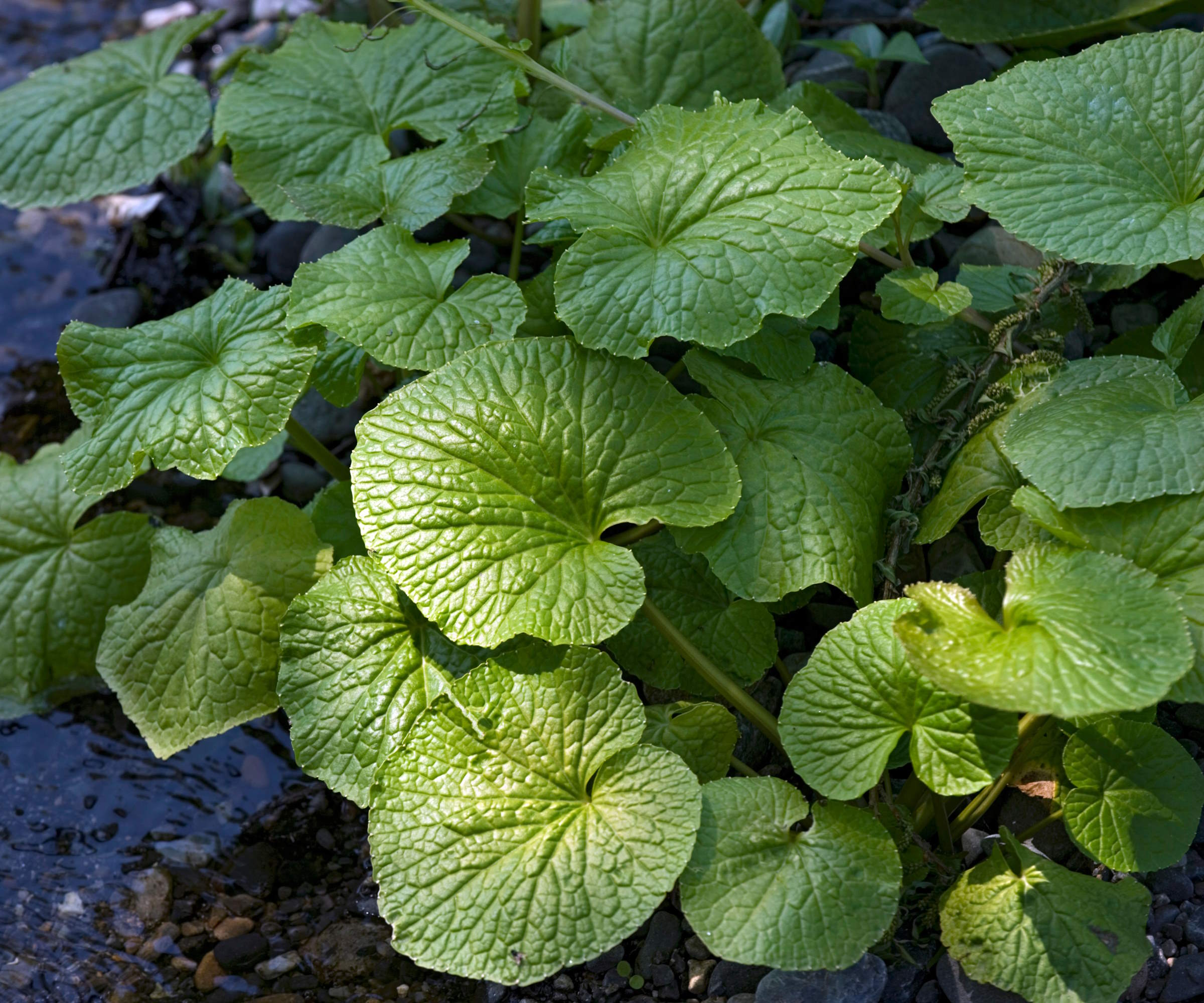
Wasabi plants grow large and edible heart-shaped leaves
How do I grow wasabi?
If you want to try growing wasabi at home, we take a closer look at some of its specific growing needs and how you can add wasabi to your backyard ideas.
Where to plant wasabi
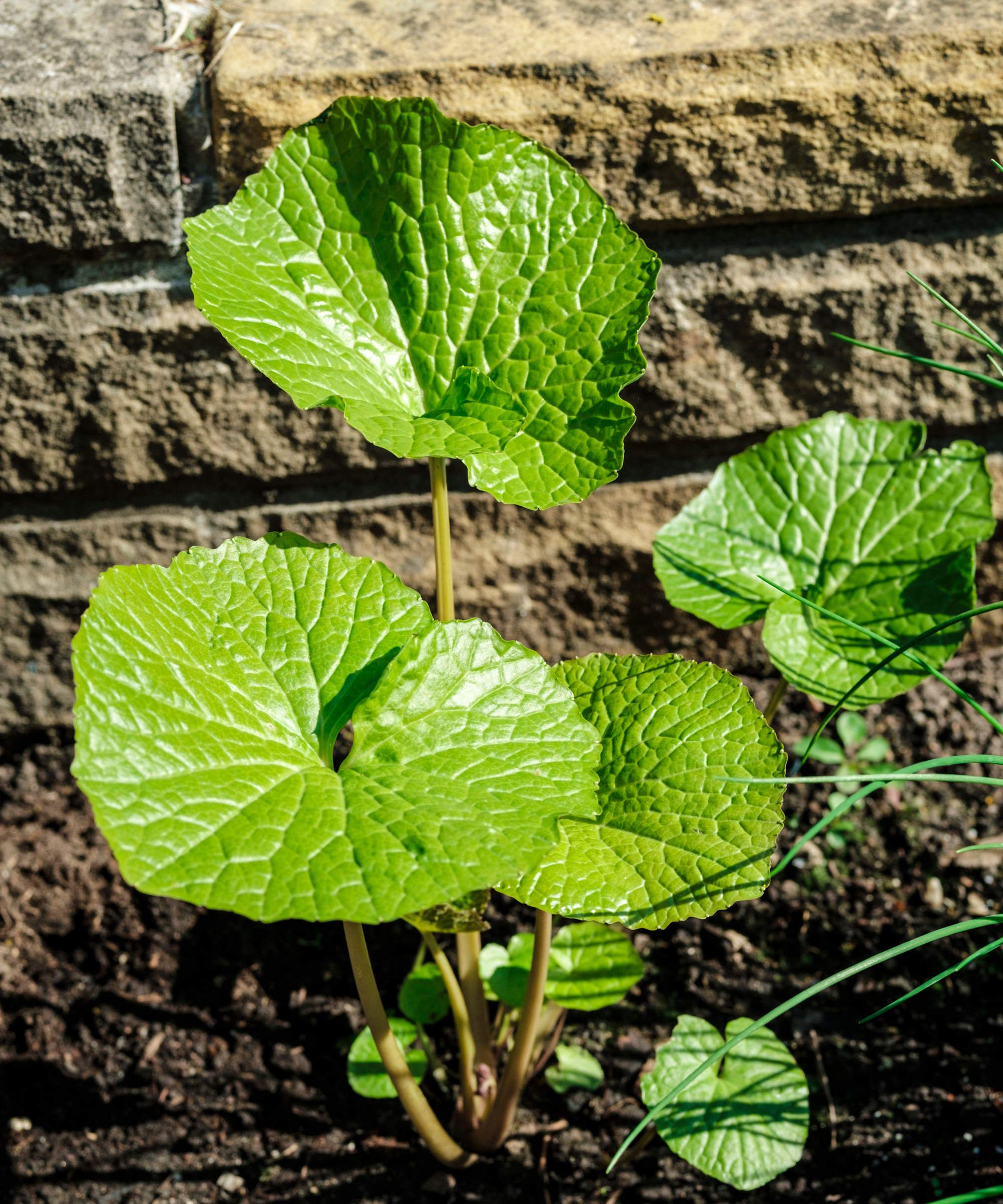
Wasabi wants to grow in shade produced by trees, walls, or fences
Wasabi is a plant that loves shade and wants to be out of direct sunlight. The cool and shaded environment that it thrives in mimics its native habitat, where wasabi is found growing alongside riverbanks in Japan. Planting wasabi near a pond, stream, or water feature can help to replicate its natural habitat.
‘Wasabi prefers indirect light, making it an excellent choice for shaded areas beneath taller plants or trees,' says Itamar Ben-Dor, founder of Green Life. ‘Protect the plant from harsh afternoon sun, as direct sunlight can scorch the delicate leaves.’
As well as not tolerating direct light, wasabi also has specific temperature requirements. The plants want a steady and consistent temperature range of 45°F to 70°F. Itamar adds that wasabi needs a ‘consistently cool environment, as excessive heat can stress the plant’.
The ideal soil type for wasabi is rich in organic matter, consistently moist, and with a slightly acidic soil pH. Check the pH before planting and consider using methods of making soil more acidic, including adding sulfur, aluminum sulfate, or using coffee grounds.
Growing wasabi in pots can be a convenient way to create the right conditions, and they can be moved around the backyard if the temperatures change out of the plant's comfort zone.
How to plant wasabi
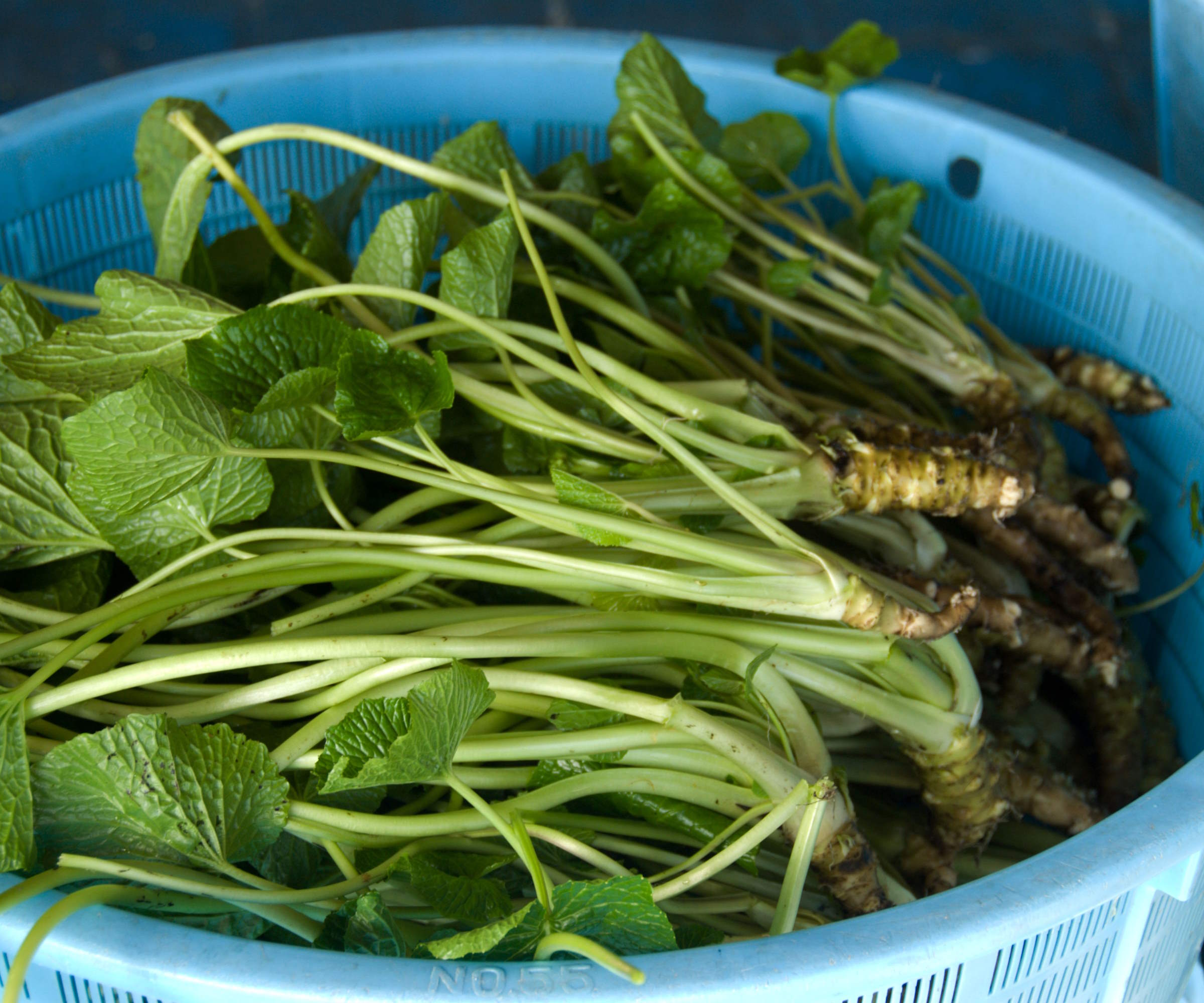
Young wasabi plants are ideally planted in spring
You can purchase wasabi rhizomes from reputable retailers online to plant at home. They are not commonly available in local garden centers or nurseries, so specialist online sellers may be the best port of call.
It is recommended to keep your small wasabi plant moist upon arrival and pot it into a small container, ready to plant it into the garden a month or so later after it has developed a strong root structure.
The best time to plant wasabi is in spring, when the soil is warm and moist, and it is beneficial to incorporate some organic matter into the planting site.
How to grow wasabi from seed
Wasabi can be propagated from seed, but it is not recommended. This is because seeds can be tricky to find and they are notoriously difficult to germinate. Most large and reputable seed companies will not sell real wasabi seeds.
You will often see types of arugulas or mustards that are named wasabi, but these are not true wasabi seeds. They may be simple to grow alternatives that do have a peppery kick, and make fantastic microgreens, but they do not have the same taste as real wasabi.
How to grow wasabi from cuttings
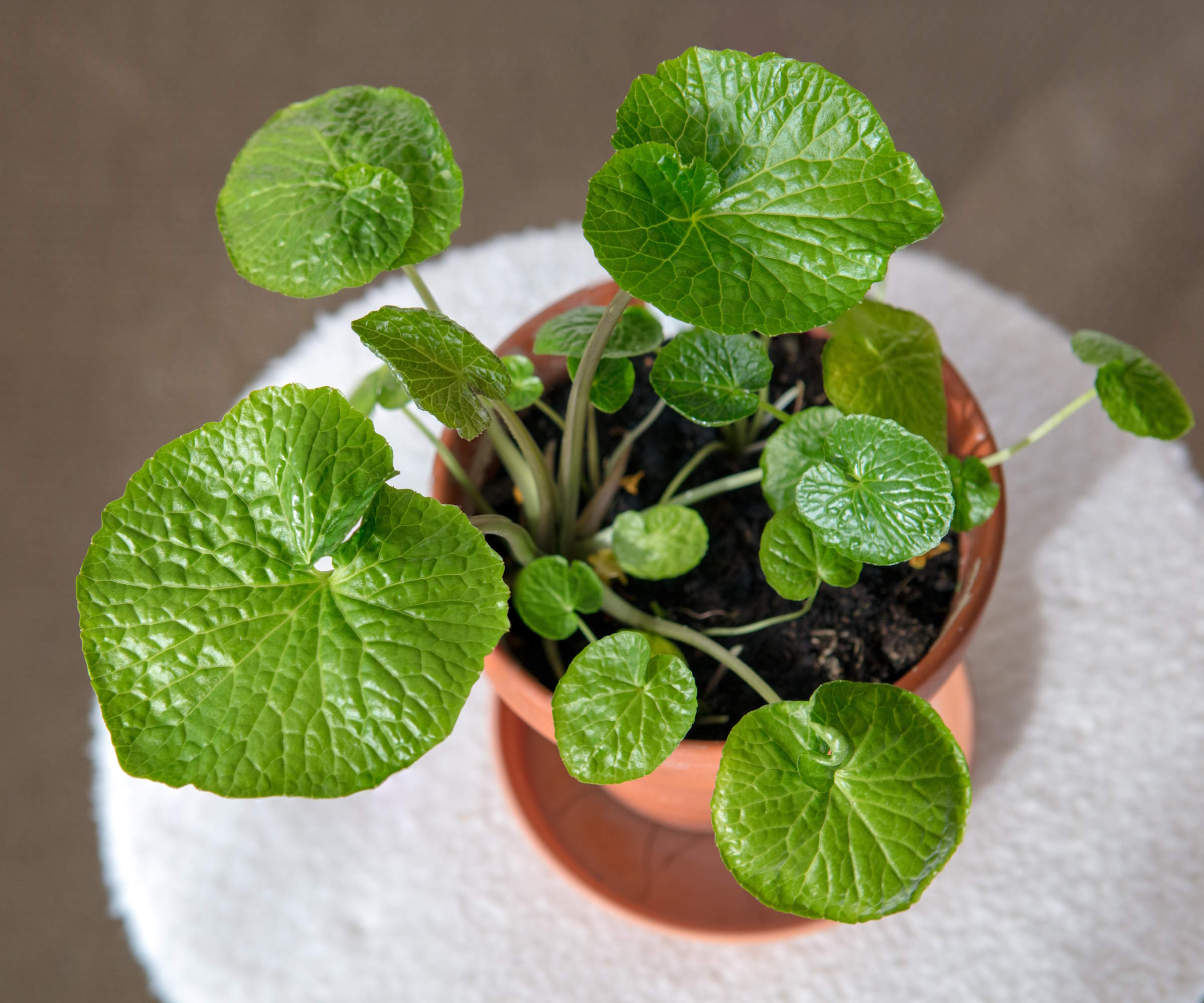
Wasabi rhizomes can be separated and planted in pots to grow
Wasabi can be grown from plant cuttings, more precisely by rhizome divisions. A healthy and mature wasabi plant can be divided by separating the rhizomes using a clean and sharp knife. Every division needs to have both roots and viable buds to grow successfully.
Pot up the division into a container filled with a good mixture of potting compost and sand. Make sure the pot has drainage holes in the bottom and do not use garden soil in pots as it will sit far too wet and potentially cause the wasabi to rot.
Once the wasabi plant has developed a good set of roots, then it can be transplanted out into the garden or planted into a larger container to grow on.
How to grow wasabi in a pot
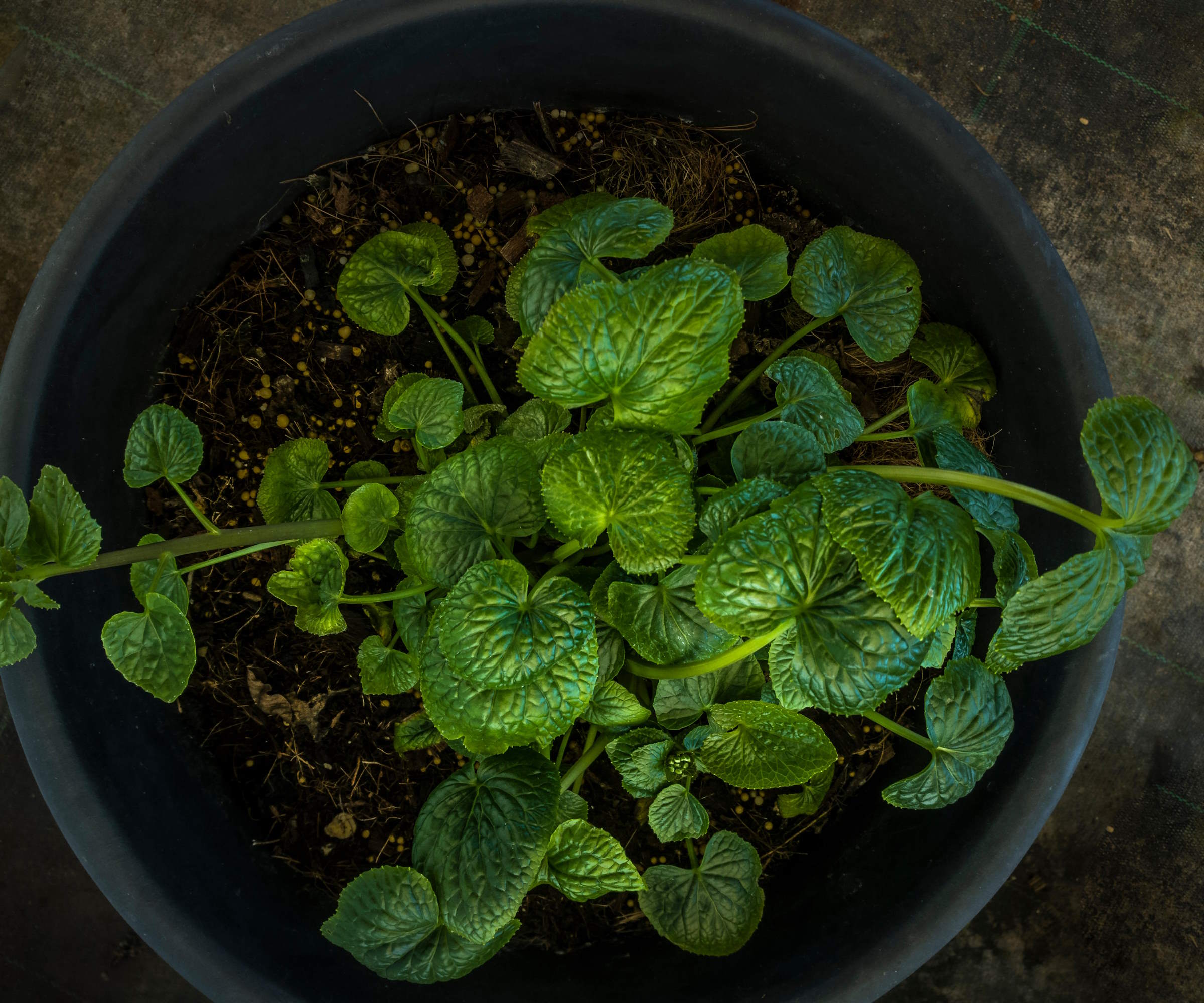
Wasabi is a plant ideally suited to growing in containers
Wasabi can be grown as part of a container garden and there are benefits to growing these plants in pots. Mike Lansing, Managing Director of Planters Digest, hails growing wasabi in containers as one of the best ways to cultivate these tricky plants.
He says: ‘Wasabi grown in containers can be moved around to maintain the plant's ideal growing conditions under less than ideal circumstances.’
By utilizing growing in pots, you can engineer the ideal soil type by using specific potting compost designed for acid-loving plants. It is best to use large containers, such as a nine or 10 litre pot, with good holes in the bottom to ensure good drainage.
When the weather turns too hot or cold for the wasabi, then the plant can simply be moved. It can be shifted to a shadier spot if the temperatures increase, or brought inside when it looks like the weather will get too cold for wasabi.
Monitor the pot regularly and ensure to keep the soil moist and feed the plant with a balanced general-purpose fertilizer, such as the Miracle-Gro Water Soluble All Purpose Plant Food available at Walmart, every few months.

Mike Lansing, Managing Editor and certified garden designer, turned a passion for plants into a thriving business. He now runs a small indoor plant business with his family and enjoys researching new gardening techniques.
How to care for wasabi
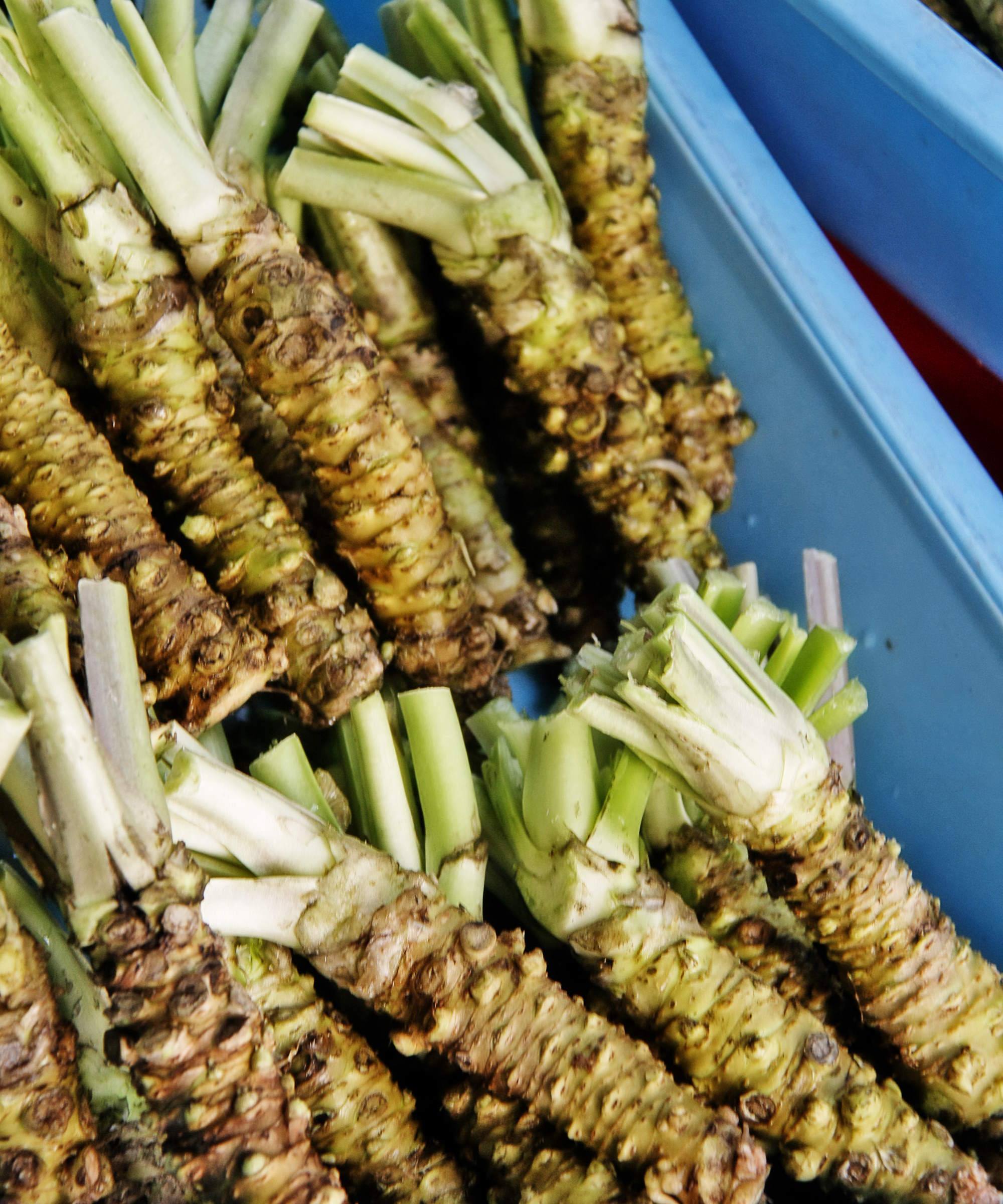
Wasabi rhizomes can be harvested after a few years in the ground
Wasabi plants require constant moisture, though be careful as they do not want to be sitting in waterlogged soil. They may like streamside locations, but are not aquatic plants that enjoy being in standing water.
Regularly check the moisture levels in the soil, especially during warm periods, to make sure wasabi has the consistently moist ground it wants. Mulching around the plants with organic matter, such as compost or well-rotted manure, can help to retain moisture in the soil, as well as boost fertility. When watering plants, take care to water the soil and not the foliage as this can encourage fungal diseases such as powdery mildew.
A balanced slow-release fertilizer should be applied every two or three months to keep the plants happy and growing healthily. The experts at Utah State University also claim that ‘fertilizers high in sulfur will help increase the flavor and spiciness of the wasabi rhizome’. An example of a high sulfur feed is this Sulfate of Potash, available at Amazon.
There are not too many pests that cause trouble for wasabi. Aphids are sometimes seen on leaves and can be treated with insecticidal soap, also available at Amazon, or a similar homemade bug spray, or even simply dislodged with a jet of water. Slugs can be attracted to the wasabi leaves, so consider using ways to get rid of slugs such as beer traps, rough surface mulches, or nematodes to prevent them nibbling on your plants.
FAQs
How fast does wasabi grow?
Wasabi can take between one and three years to mature from planting the rhizomes to reaching a harvestable size. The exact days to harvest wasabi will depend on the growing conditions and health of the plant. Plants can be grown in greenhouses or polytunnels to create the ideal conditions and speed up the growing process.
As well as wasabi, there are other edibles that you can grow in shade. Some of the easiest vegetables to grow in shade include beets, lettuce, and chard.
Sign up to the Homes & Gardens newsletter
Design expertise in your inbox – from inspiring decorating ideas and beautiful celebrity homes to practical gardening advice and shopping round-ups.

Drew’s passion for gardening started with growing vegetables and salad in raised beds in a small urban terrace garden. He has worked as a professional gardener in historic gardens and specialises in growing vegetables, fruit, herbs, and cut flowers as a kitchen gardener. That passion for growing extends to being an allotmenteer, garden blogger, and producing how-to gardening guides for websites. Drew was shortlisted for the New Talent of the Year award at the 2023 Garden Media Guild Awards.
-
 Drew Barrymore's striped sofa is her most elegant design to date – it oozes East Hampton elegance in time for summer 2025 (and is under $384)
Drew Barrymore's striped sofa is her most elegant design to date – it oozes East Hampton elegance in time for summer 2025 (and is under $384)This subtly striped linen sofa anchors any living room while feeling light and casual – it looks so much more expensive than its price tag
By Megan Slack
-
 Bryce Dallas Howard's bedroom is the most creative, social space in her entire home – she uses 'conversational seating' to create a multifunctional 'salon'
Bryce Dallas Howard's bedroom is the most creative, social space in her entire home – she uses 'conversational seating' to create a multifunctional 'salon'The actress's bedroom doubles as a home office thanks to its clever layout and furnishings, proving that this area is much more than a sleep space
By Hannah Ziegler